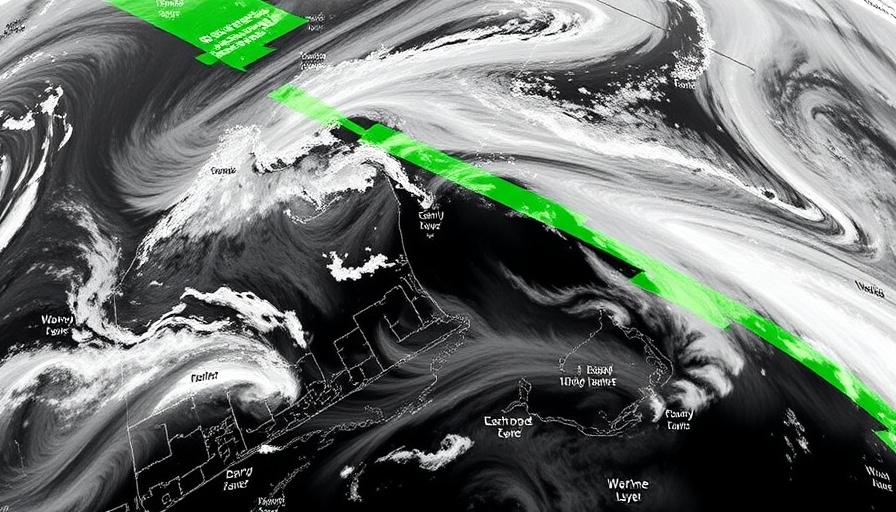
Understanding Marine Layer Dynamics
As we navigate the warm, windswept days of summer, it’s crucial to understand the intriguing phenomena occurring in our atmosphere, particularly along the West Coast. The marine layer, a thick blanket of low clouds typically found in coastal areas, plays a significant role in shaping wind dynamics. Daily forecasts often highlight the potential for sudden changes in wind patterns, especially when these clouds interact with geographical features like hills and valleys.
What Are Abrupt Fades and Why Do They Matter?
According to a recent forecast, many areas—especially the picturesque Peninsula—should brace for "abrupt fades." But what exactly does this mean? Abrupt fades are sudden drops in wind strength that can catch even seasoned sailors by surprise. When the wind is strong aloft, it can create what we refer to as ripples as it interacts with the topography of the land. These ripples can lead to periods of calm—also known as "lulls"—where the winds may seem to vanish entirely, disrupting the expected weather patterns.
Unearthing the Beauty of Standing Waves
One of the most fascinating aspects of these meteorological events is the creation of standing waves. When the high-altitude winds hit the taller hills of California, interesting things happen in the marine layer clouds. The ripples generated can form slow-moving standing waves in the atmosphere, creating an undulating visual effect in the morning sky. It’s not just a scientific curiosity; these waves hold beauty and intrigue that many outdoors enthusiasts can appreciate.
The Interplay of Winds and Local Geography
The interaction between the geographical landscape and aerial phenomena underlines the unique characteristics of the West Coast's climate. For the residents of high desert communities, understanding these winds not only enhances their appreciation for the local environment but also helps them prepare for weather conditions that can drastically shift within minutes. Wind patterns impact daily activities, leisure, and even health—especially for those engaging in outdoor sports.
Future Predictions: Embracing Change in Climate
As discussions around climate change continue to take center stage, the relationship between marine layer clouds and regional winds is an essential piece of the puzzle. With fluctuations in temperature and significant changes in atmospheric pressure occurring due to global warming, we may see an increase in the frequency and intensity of wind events. It’s an important reminder for residents of the high desert to remain informed about these environmental changes, as they could inform our local climate responses and initiatives.
Local Perspectives: Personal Stories on Wind and Weather
Moreover, exploring the winds of change isn't limited to just weather forecasts; it's deeply personal. Local artisans in the high desert often find inspiration in the shifting winds and clouds, using elements of nature in their crafts, while farmers consider these weather patterns crucial for their crops. Let’s cherish these stories that highlight how interconnected we are with our environment.
Understanding the winds of the West Coast does more than just prepare us for daily activities; it connects us to our unique locale. Whether you're a surfer riding the waves off the coastline or a community member enjoying the colorful sunsets ignited by a fading marine layer, recognizing these phenomena can deepen your relationship with the land.
 Add Row
Add Row  Add
Add 




Write A Comment